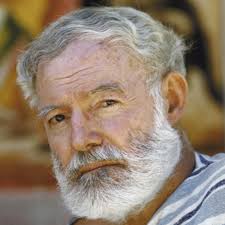Michael Erin leads Progressive Management (PM) as CEO and provides a host of knowledgeable solutions in the dental and healthcare advisory spheres. A theater and opera enthusiast, Michael Erin also enjoys reading literary works and collecting rare books.
One 20th century American author highly sought-after by collectors is Ernest Hemingway, with his initial 1923 volume Three Stories and Ten Poems printed in only 300 copies. If the unprinted glassine sleeve is still attached, the edition can increase significantly in value. In 2012, a copy of the book featuring an inscription to the editors of The Little Review, which was known for publishing T. S. Eliot and James Joyce, achieved $68,500 at auction.
Even rarer is Hemingway’s second volume “in our time,” which was published in 1924 in an edition of 170 in 1924. This contrasts with the better-known American volume In Our Time, which was published in 1925.
A distinguishing factor for collectors, when considering Hemingway’s early novels is the difficulty of securing copies of The Sun Also Rises (1926) and The Torrents of Spring (1926) with dust jackets in good condition. The British version of The Sun Also Rises, entitled Fiesta, is even rarer than its American counterpart, and a copy of the novel can expect to fetch a premium.

